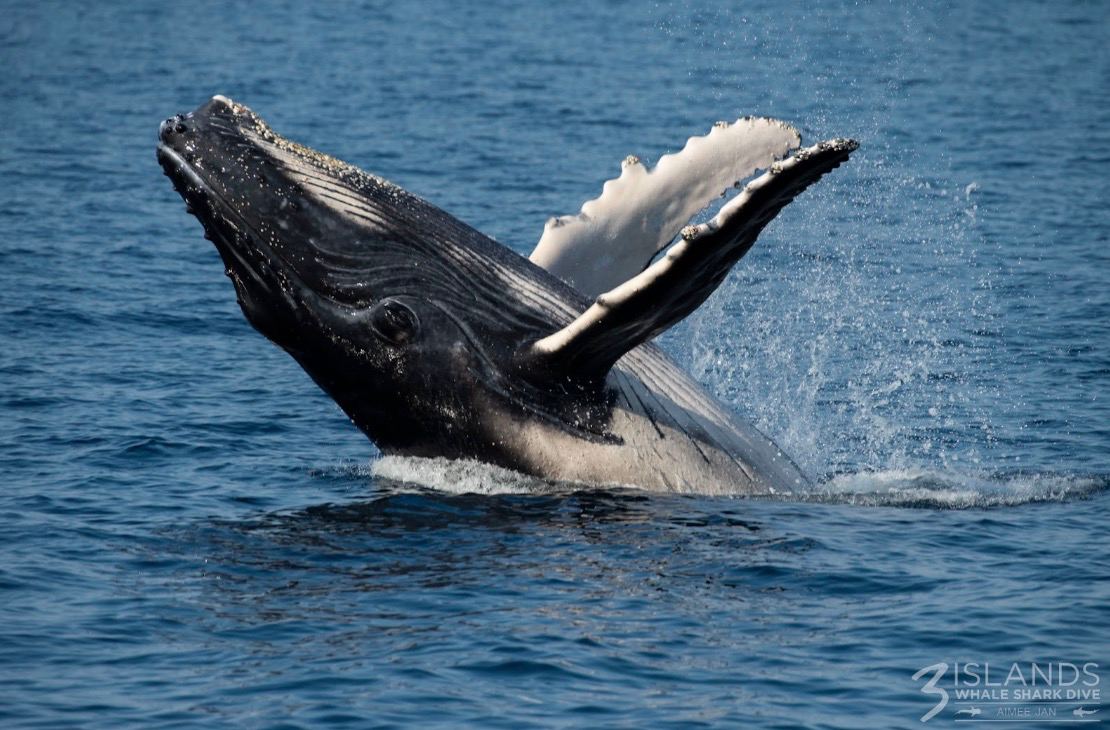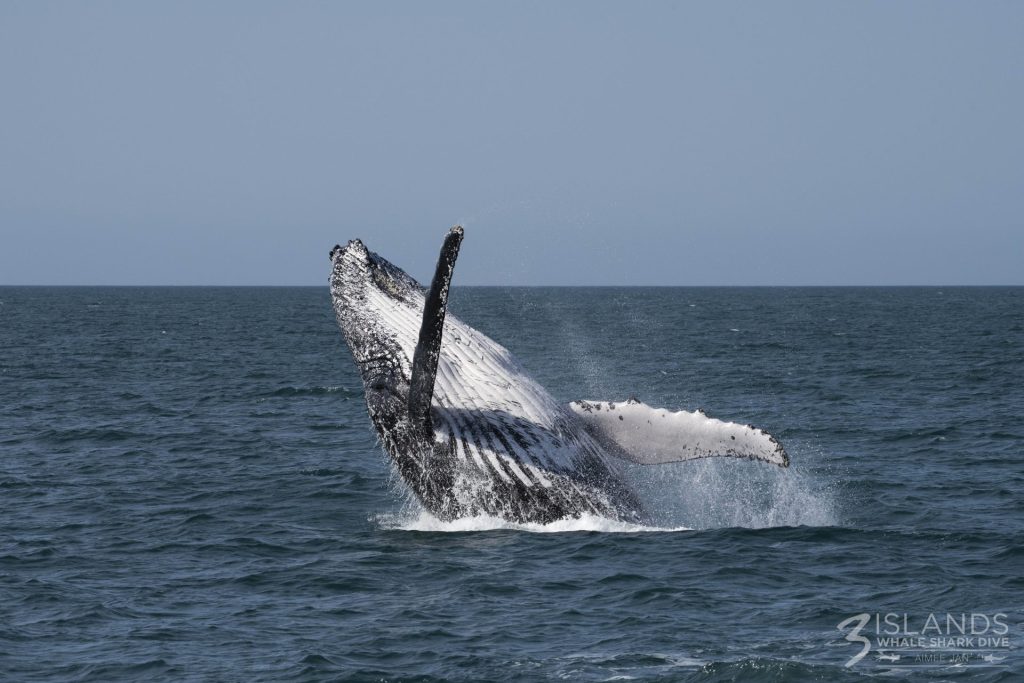When you think of humpback whales, their iconic breaching is likely one of the first things that come to mind. But why do humpback whales breach? This spectacular action, where whales launch themselves out of the water and crash back down, is fascinating. Let's explore this behaviour and uncover why these marine mammals breach the ocean surface.
The spectacle of breaching
Breaching is more than just a random act; it serves several purposes. When humpback and other baleen whales breach, they create a splash that captures attention. But what drives these majestic creatures to perform such a dramatic leap?
Communication and social bonding
One primary reason humpback whales breach is to communicate. In the ocean, sound travels farther than sight. The splash generated by a breaching whale can be heard miles away. Breaching helps whales keep track of each other throughout migration.
Social interactions among humpback whales are complex. Breaching might play a role in strengthening social bonds. When a whale breaches, it can be a form of social play, reinforcing relationships within a pod. Their splashes are also used to establish dominance within a group.
Hunting and feeding strategies
Breaching also has practical implications for hunting. Humpback whales use a unique feeding technique called bubble-net feeding. This involves a group of whales swimming in a circle and blowing bubbles to create a 'net' that traps fish. Once the fish are grouped, the whales swim upwards with their mouths open to catch their prey.
Breaching also helps to disorient or corral fish. The shockwave from a breach can stun fish, making them easier to catch. Breaching creates bubbles and turbulence in the water, herding the fish into tight clusters. This technique allows for much more efficient feeding.

Why do humpback whales jump out of the water?
This question often accompanies our primary query. Why do humpback whales jump out of the water? The reasons are interconnected. Whether to dislodge parasites, signal other whales, or aid in feeding, breaching serves various purposes.
Parasite removal and hygiene
Humpback whales, like all marine creatures, deal with parasites. Barnacles and other organisms can attach to and irritate the whale's skin. Breaching, with its powerful impact, helps shake off these unwanted hitchhikers. The combination of speed, impact with the water, and the force of the breach work to dislodge parasites and keep the whale's skin healthy.
Energy and exercise
Breaching is an impressive feat requiring a considerable amount of energy. For humpback whales, breaching is an excellent form of exercise—an essential preparation for their long-distance migrations between feeding and breeding grounds. Breaching helps whales to maintain their muscle tone and overall fitness, ensuring they are in peak condition for their journey.
Display of strength and dominance
In the animal kingdom, displays of strength and dominance are common. For humpback whales, breaching can show their power and fitness to potential mates or rivals. During the breeding season, males often compete for the attention of females, and a mighty breach is one technique used to attract mates.
Breaching is not just about the splash, it’s about the physical ability to execute such a powerful leap. It's nature's way of ensuring that only the fittest individuals pass on their genes.
Do humpback whales breach at night?
An intriguing aspect of whale behaviour is whether breaches occur under the cover of darkness. Do humpback whales breach at night? Observations suggest that while breaching is more commonly seen during the day, it does happen at night too. It’s a much rarer sighting, but lucky eco-tourists have witnessed humpback whales breaching at night in Exmouth, WA. The reasons remain the same – communication, dislodging parasites, and startling prey.

The science behind the splash
To understand how whales breach, we need to look at their bodies. Humpback whales have strong muscles and a smooth shape. This helps them jump out of the water with great power. Their flippers and tails also help them make these leaps.
Why do humpback whales slap their fins?
Other dramatic whale behaviours like fin-slapping often accompany breaching. This action, known as pec-slapping, involves the whale raising its pectoral fins and slapping them against the water's surface. The sound produced by this slap can be a form of communication, signalling aggression, irritation, or playfulness.
Why do humpback whales slap their tails?
Tail-slapping, or lobtailing, is another behaviour that produces a loud, resonant sound. This can communicate with other whales, scare off potential threats, or during courtship displays. Both fin and tail slapping are integral parts of the humpback whale's behavioural repertoire, as exceptionally social creatures.

Experience humpback whales breach
So, why do humpback whales breach? The reasons are as varied and complex as the whale species themselves. From communication and social bonding to hunting and parasite removal, breaching is a multifaceted behaviour that plays a crucial role in the lives of humpback whales.
Want to see humpback whales breaching up close? Join our humpback whale tour to witness these magnificent creatures in action and experience their majestic leaps firsthand. Book your humpback whale tour in Exmouth now and make unforgettable memories with these gentle giants.
More...
The Lifecycle of a Humpback Whale
The lifecycle of a humpback whale is one of the most amazing journeys on the planet. From their birth in warm tropical waters to their long migrations and incredible feeding techniques, humpbacks are constantly on the move, playing a vital role in ocean health along the way. At Three Islands Whale Shark Dive, we love…
Why Do Humpback Whales Sing?
Did you know that sounds travel up to four times faster in water than in air? Like most marine animals traversing the deep, dark ocean, humpback whales rely on vocalisation to communicate underwater. But why do humpback whales sing? And, how? For mating purposes? To communicate? To find food? To show off? A series of…





